Home>Ideas and Tips>Upgrading Your Home’s Windows With DIY Stained Glass Overlay
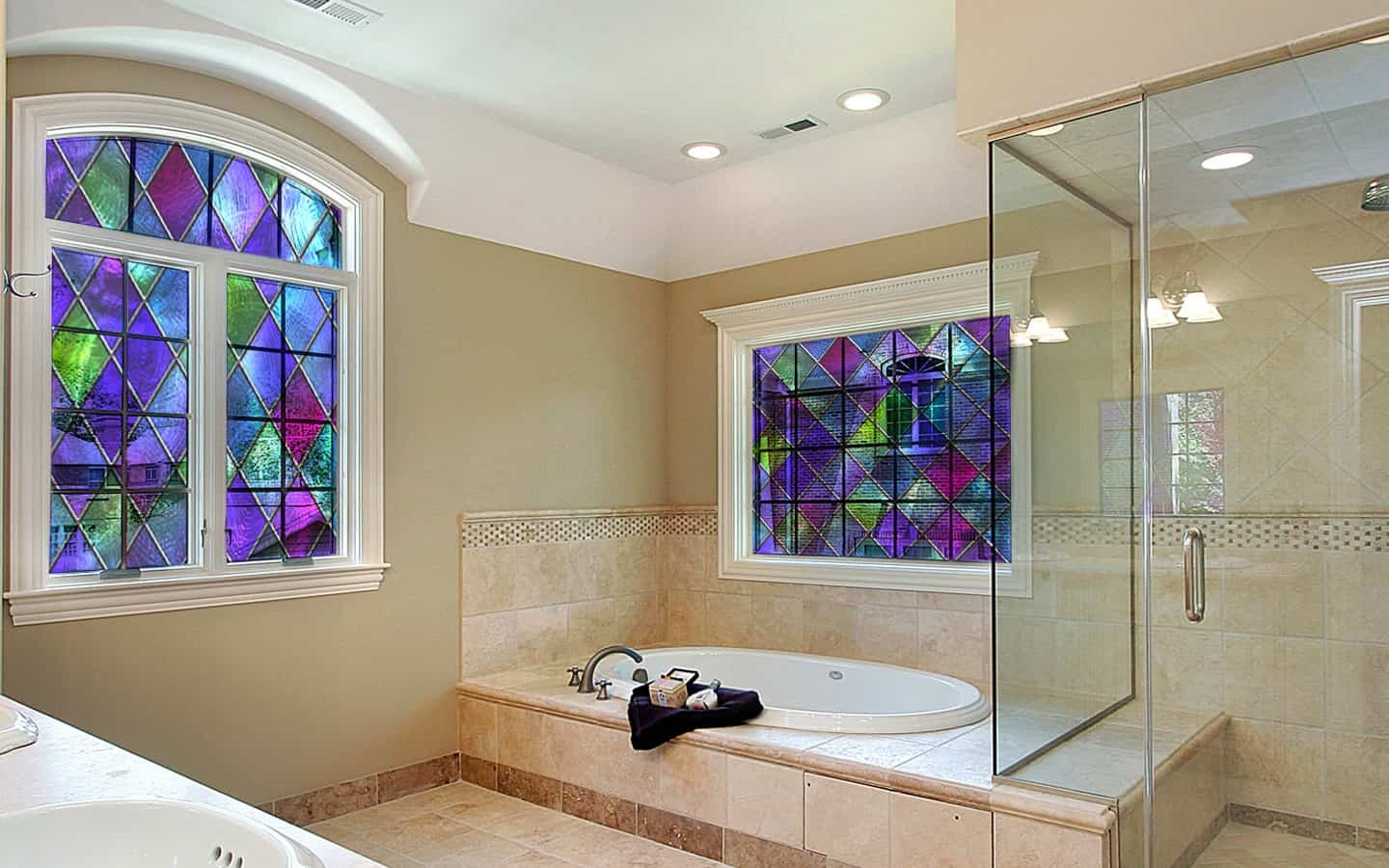

Ideas and Tips
Upgrading Your Home’s Windows With DIY Stained Glass Overlay
Modified: November 1, 2024
Transform your windows into stunning art with DIY stained glass overlay. Learn step-by-step techniques, materials needed, and tips for professional results.
(Many of the links in this article redirect to a specific reviewed product. Your purchase of these products through affiliate links helps to generate commission for Storables.com, at no extra cost. Learn more)
Introduction
Transforming your home's windows into stunning works of art is easier than you think. One of the most captivating ways to do this is by creating a DIY stained glass overlay. This technique allows you to add a touch of elegance and sophistication to any window, making it a perfect project for both beginners and seasoned DIY enthusiasts. In this article, we will guide you through the process of creating a beautiful faux stained glass window, highlighting the steps, materials needed, and tips for achieving professional-looking results.
Understanding Faux Stained Glass
Faux stained glass is a technique that mimics the look of traditional stained glass without the need for expensive materials or specialized skills. It involves using glass paint and metal strips to create intricate designs that can be applied directly to your windows. This method is ideal for those who want to add some old-world charm to their modern homes or for those who are looking to create unique and personalized window treatments.
Materials Needed
Before you start your project, it's essential to gather all the necessary materials. Here’s a list of what you’ll need:
- Glass Panel: You can either purchase a glass panel from a hardware store or create one by removing glass from an unused picture frame. If you need a specific size, consider having it made by a glass shop.
- Lead Adhesive Strips: These strips are crucial for creating the lead lines that give your stained glass its characteristic look. Make sure to buy enough strips to cover your entire design.
- Glass Paint: Choose high-quality glass paint specifically designed for this type of project. Brands like Gallery Glass and Martha Stewart offer excellent options.
- Craft Paper: This will serve as your backdrop for tracing the design.
- Marker: Use a marker to draw the outline of your design onto the craft paper.
- Sharp Blade or Scissors: For cutting the lead strips and any other materials needed.
- T-Square or Ruler: To ensure your glass panel is square with your table before tracing.
- Stylus: If your lead strips come with a stylus, use it to press the metal strips into place.
- Glass Brushes: These are optional but recommended for smoothing out the paint texture.
- Toothpick or Needle: For popping any bubbles that form during the painting process.
- Mirror Hanging Hardware: For mounting your faux stained glass panel in place.
Step-by-Step Guide
Step 1: Design Your Stained Glass Pattern
The first step in creating your faux stained glass window is to design the pattern. Here’s how you can do it:
- Lay Out Your Backdrop Paper: Place a sheet of craft paper on a flat surface.
- Trace the Outline of Your Glass Panel: Use a t-square or ruler to ensure that the glass panel is square with your table before tracing its outline onto the craft paper.
- Design Your Stained Glass Pattern: Use a marker to draw the intricate design you want on the craft paper. You can find inspiration online or create your own unique pattern.
Step 2: Transfer the Design to the Glass Panel
Once you have your design ready, transfer it onto the glass panel:
- Lay the Glass Panel Over the Lines: Place the glass panel over the lines you drew on the craft paper.
- Cover the Lines with Lead Strips: Cut the lead strips to size using sharp scissors or a blade, leaving a bit extra at each end for trimming later.
- Press Metal Strips into Place: Use a stylus (if provided) to press each piece of metal into place along your design lines.
Step 3: Outline Each Section with Glass Paint
Now it's time to apply the glass paint:
- Outline Each Section: Use a marker to outline each section of your design inside each piece of metal.
- Apply Thick Layers of Paint: Fill in each outlined area with thick layers of glass paint, making sure not to miss any parts of your design.
Step 4: Smooth Out Paint Texture
To prevent bubbles and smooth out any texture from the paint:
- Use Glass Brushes: Instead of using the tip of your bottle for spreading paint, use glass brushes for a smoother finish.
- Pop Bubbles: If bubbles form during application, use a toothpick or needle to pop them gently.
Step 5: Apply Multiple Coats
For an even finish:
- Work in Sections: Divide your design into sections and paint one at a time, allowing each section to dry before moving on to another.
- Apply Thick Coats: Ensure that each coat is thick enough so that it settles nicely without showing brush strokes when light shines through.
Step 6: Finish Off Joints
For an authentic look:
- Dab Pewter Glass Outliner: Apply pewter glass outliner onto the joints where your lead strips meet, filling any gaps for a more realistic finish.
Step 7: Mount Your Faux Stained Glass Panel
Finally, mount your faux stained glass panel:
- Choose Mounting Hardware: Select mirror hanging hardware suitable for your window size and style.
- Secure Panel: Attach the panel securely using screws or adhesive provided with the hardware.
Tips for Achieving Professional-Looking Results
Here are some additional tips to help you achieve professional-looking results:
- Use High-Quality Materials: Invest in good-quality glass paint and lead strips for better durability and appearance.
- Apply Even Coats: Ensure that each coat of paint is evenly applied to avoid uneven colors or textures.
- Avoid Heavy-Handed Application: Squeeze out too much paint at once as it can lead to bubbles and uneven coverage.
- Smooth Out Paint Texture: Use glass brushes instead of bottle tips for smoother finishes.
- Pop Bubbles Immediately: Address any bubbles immediately they form by popping them gently with a toothpick or needle.
- Finish Joints Carefully: Apply pewter glass outliner carefully around joints for an authentic look.
Variations and Alternatives
If you're looking for variations or alternatives to traditional faux stained glass:
- Window Film: Use colored window film available at most hardware stores or online retailers. This method is quick and easy but may not provide the same level of customization as traditional methods.
- Frosted Spray Paint: Apply frosted spray paint directly onto your windows for an etched look without needing any additional materials.
- DIY Stained Glass Window Film: Create your own stained glass window film using transparent film and colored markers or paint. This method is perfect for those who want a temporary solution or are short on time.
Conclusion
Upgrading your home's windows with DIY stained glass overlays is a fun and rewarding project that can add significant value to any room. By following these steps and tips, you can create beautiful faux stained glass windows that mimic traditional stained glass without breaking the bank or requiring extensive expertise. Whether you're looking to enhance your home's aesthetic appeal or simply want to try something new, this project is sure to bring joy and creativity into your life.
Additional Resources
For more inspiration and detailed guides:
- A Beautiful Mess: Check out Mandi's tutorial on creating faux stained glass panels using glass paint and metal strips.
- Remodelaholic: Linda shares her experience with creating faux leaded glass windows using Crystal Clear glass color paint.
- Homes & Gardens: Emily Henderson's DIY stained glass window tutorial using colored window film is another great resource.
By combining these resources with the steps outlined above, you'll be well-equipped to transform any window into a stunning work of art that adds character and charm to your home.
With these detailed instructions and tips, you're ready to embark on your DIY stained glass project. Whether you choose traditional methods or opt for simpler alternatives like window film or frosted spray paint, remember that creativity and patience are key to achieving professional-looking results. Happy crafting
Was this page helpful?
At Storables.com, we guarantee accurate and reliable information. Our content, validated by Expert Board Contributors, is crafted following stringent Editorial Policies. We're committed to providing you with well-researched, expert-backed insights for all your informational needs.
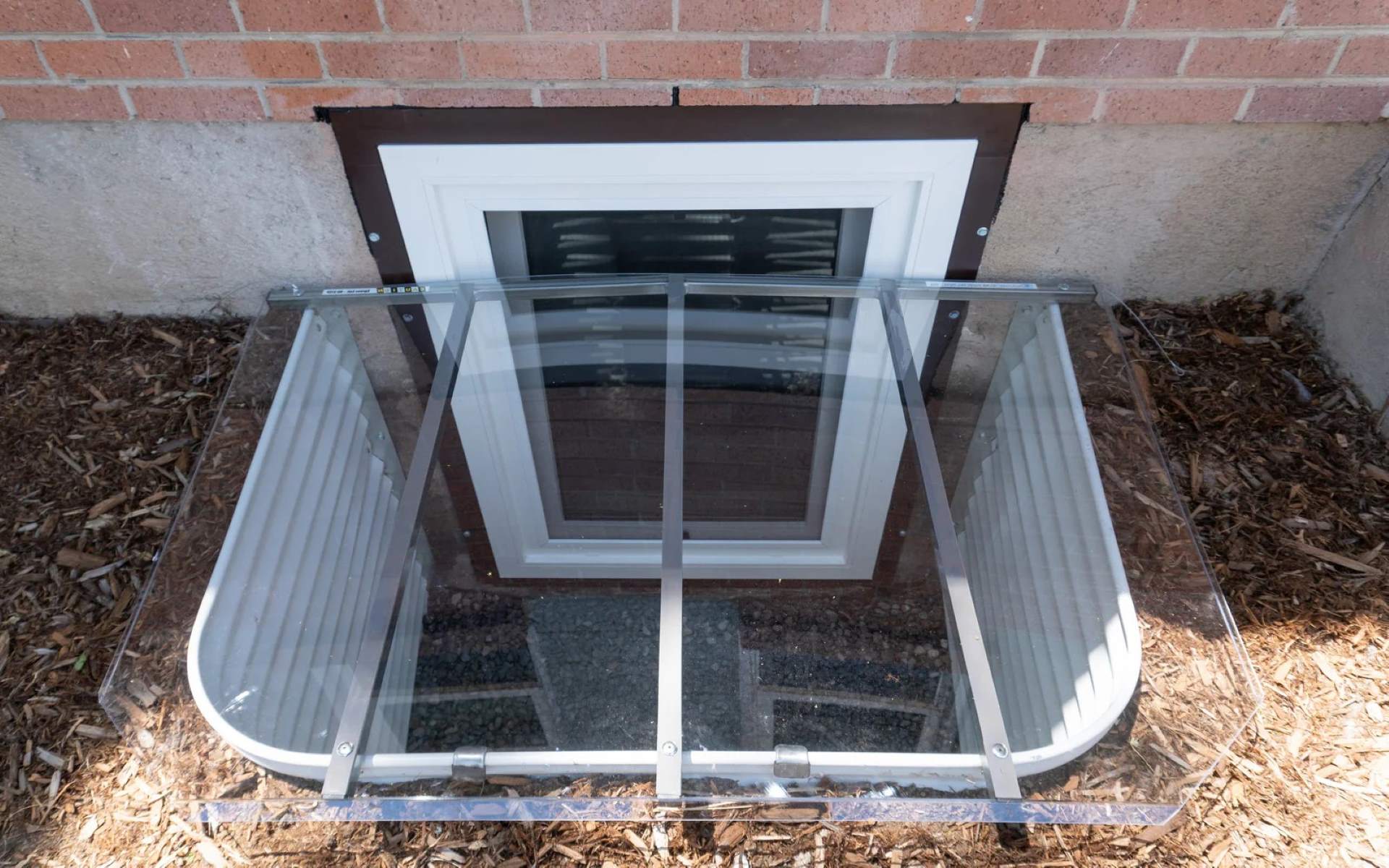
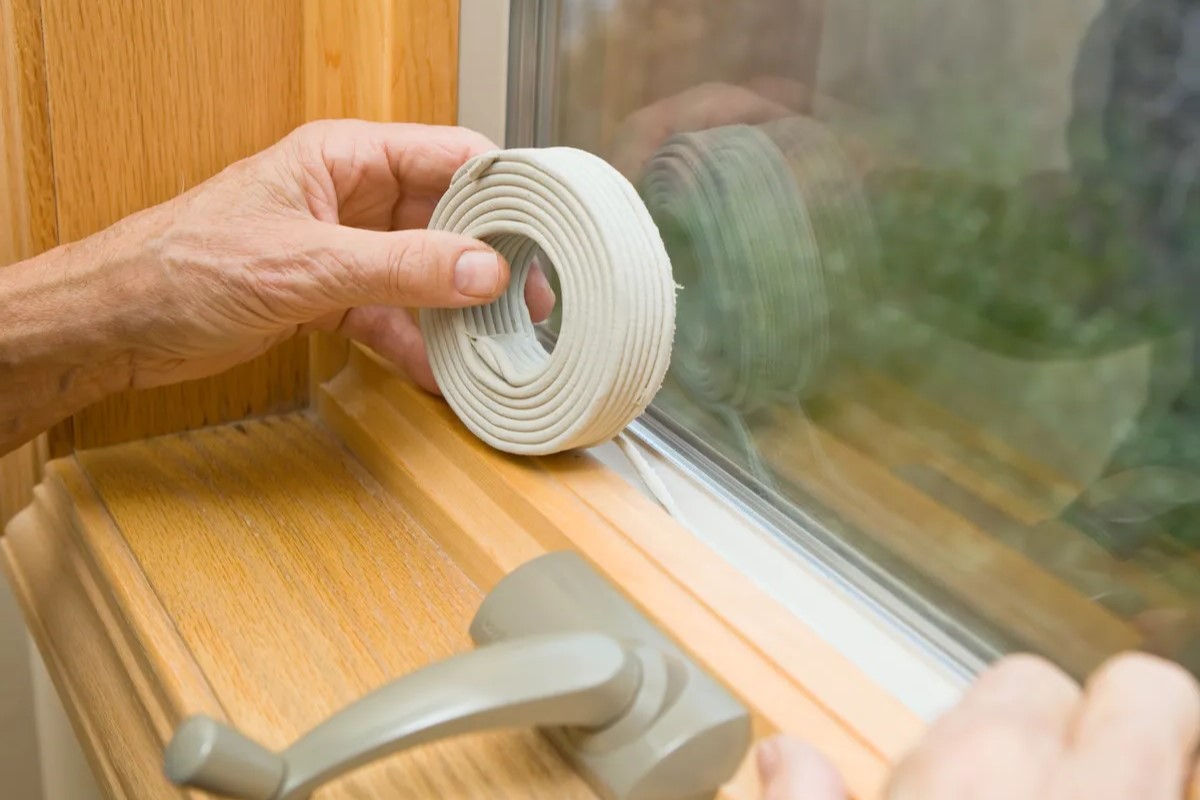
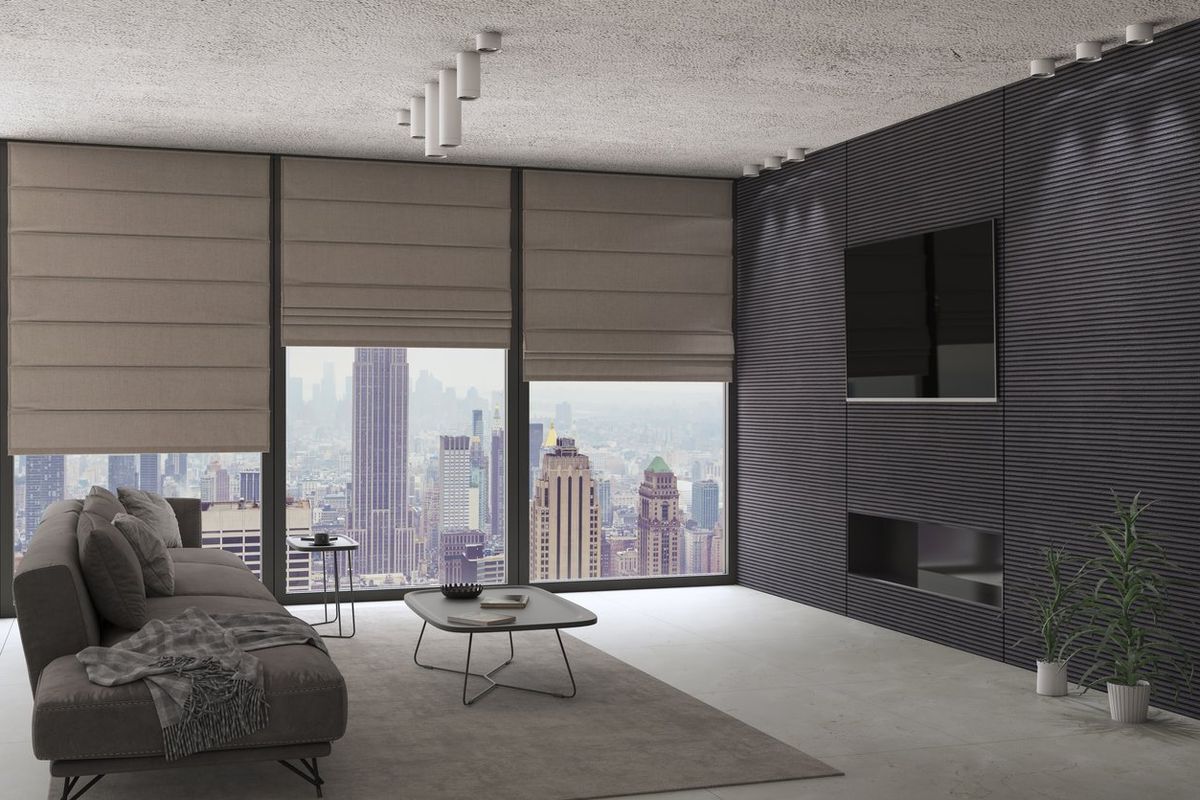
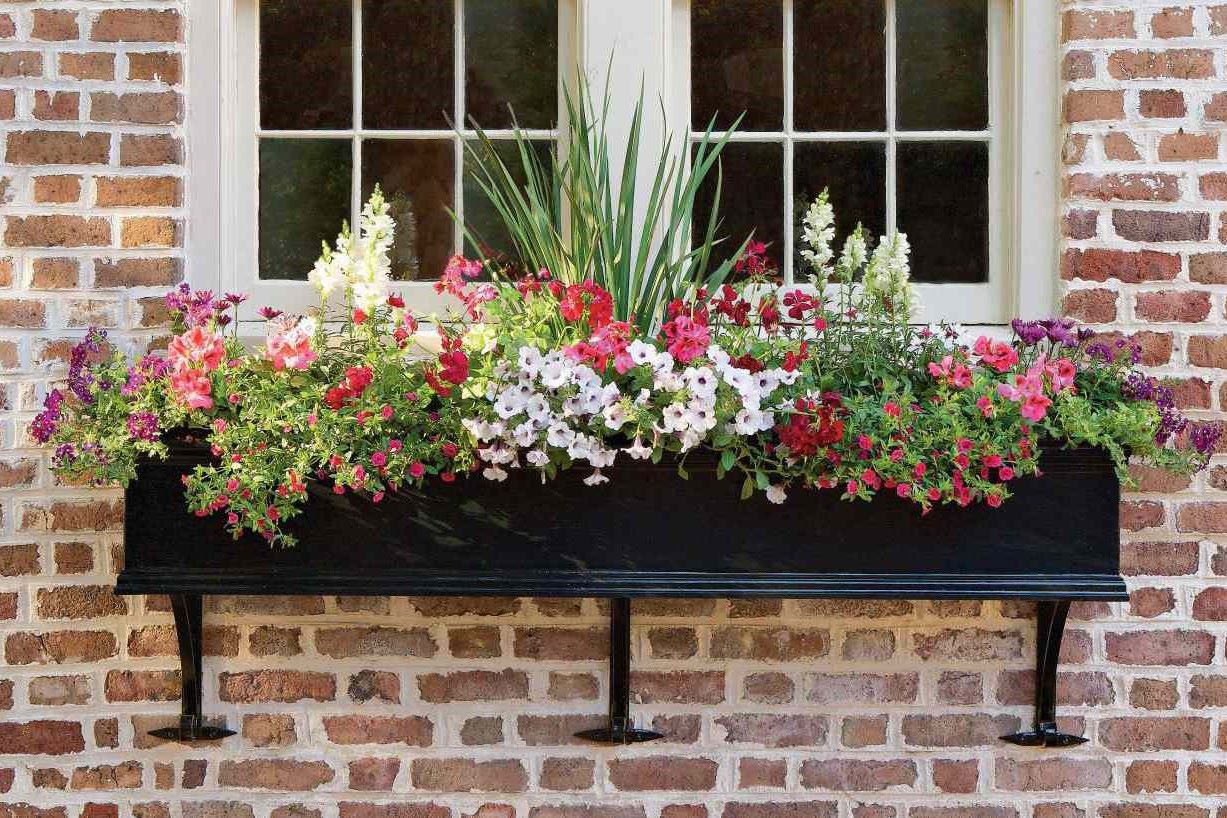
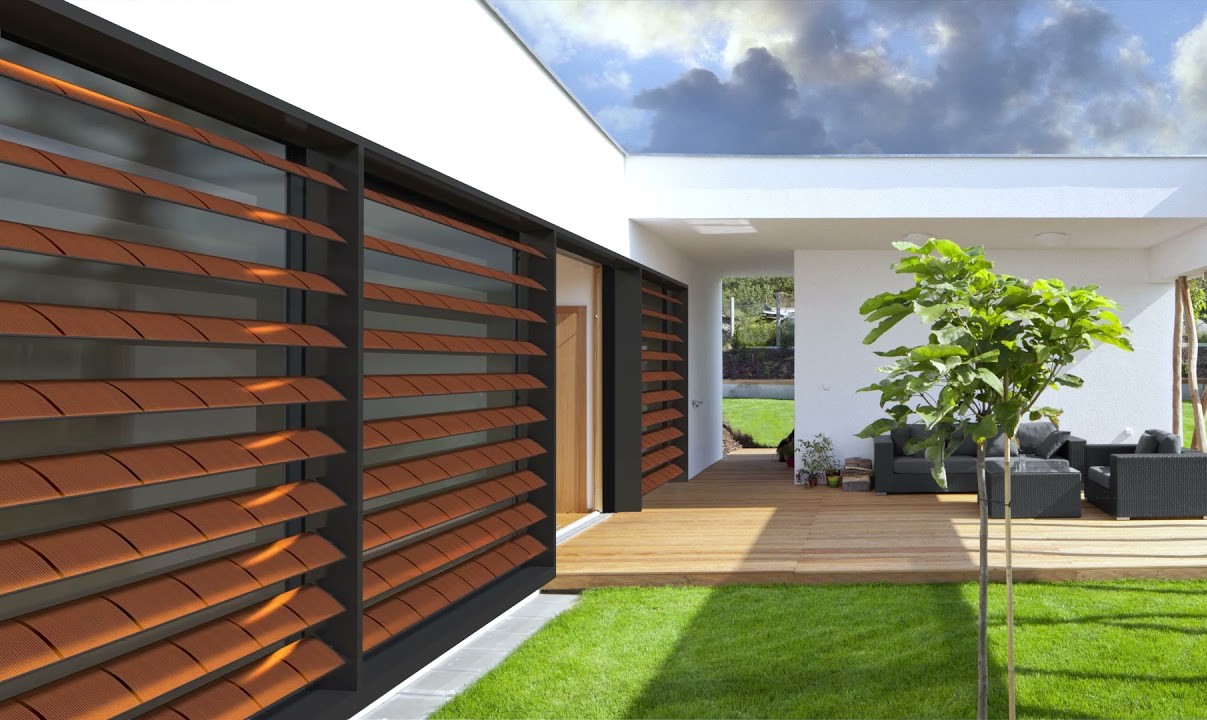
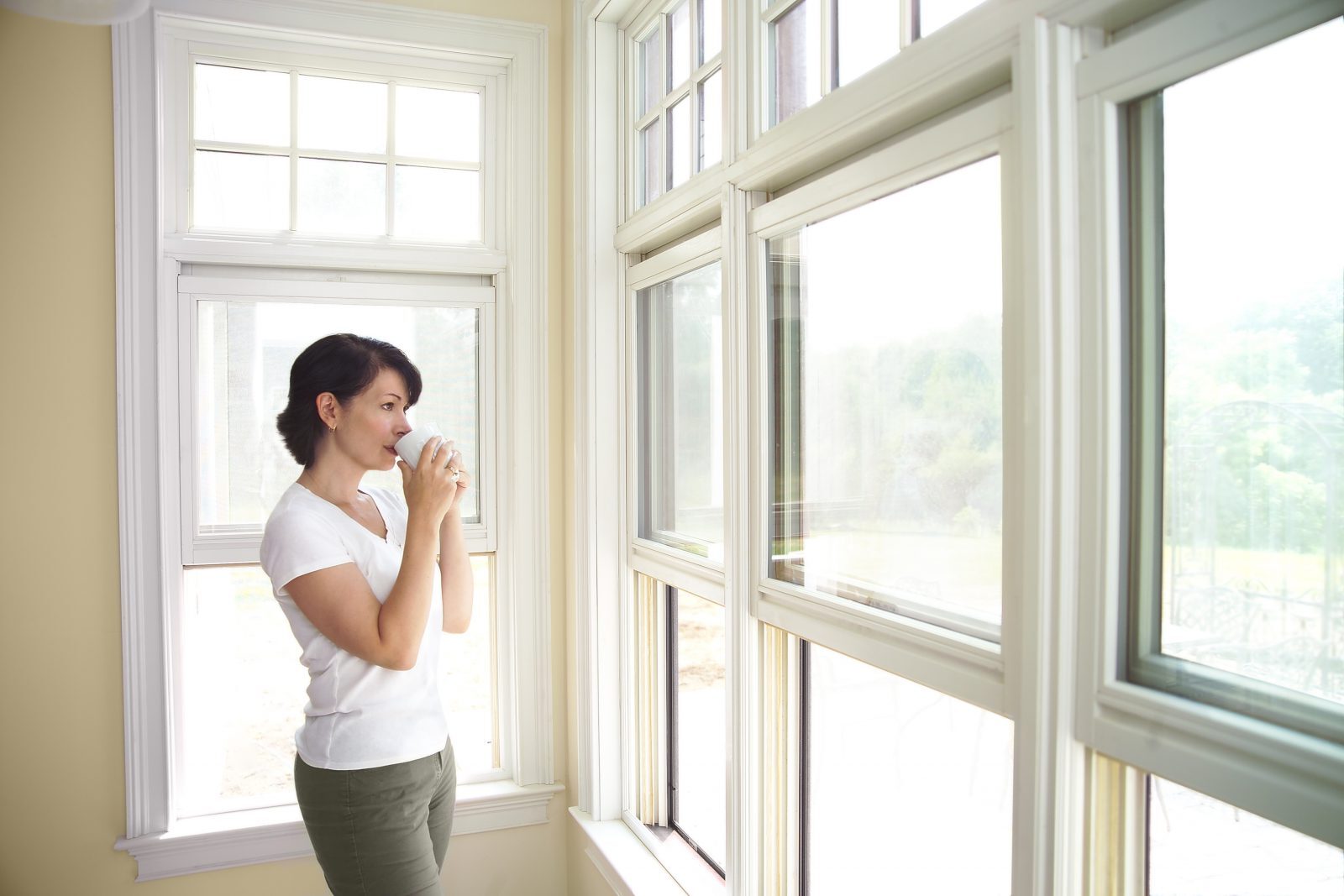
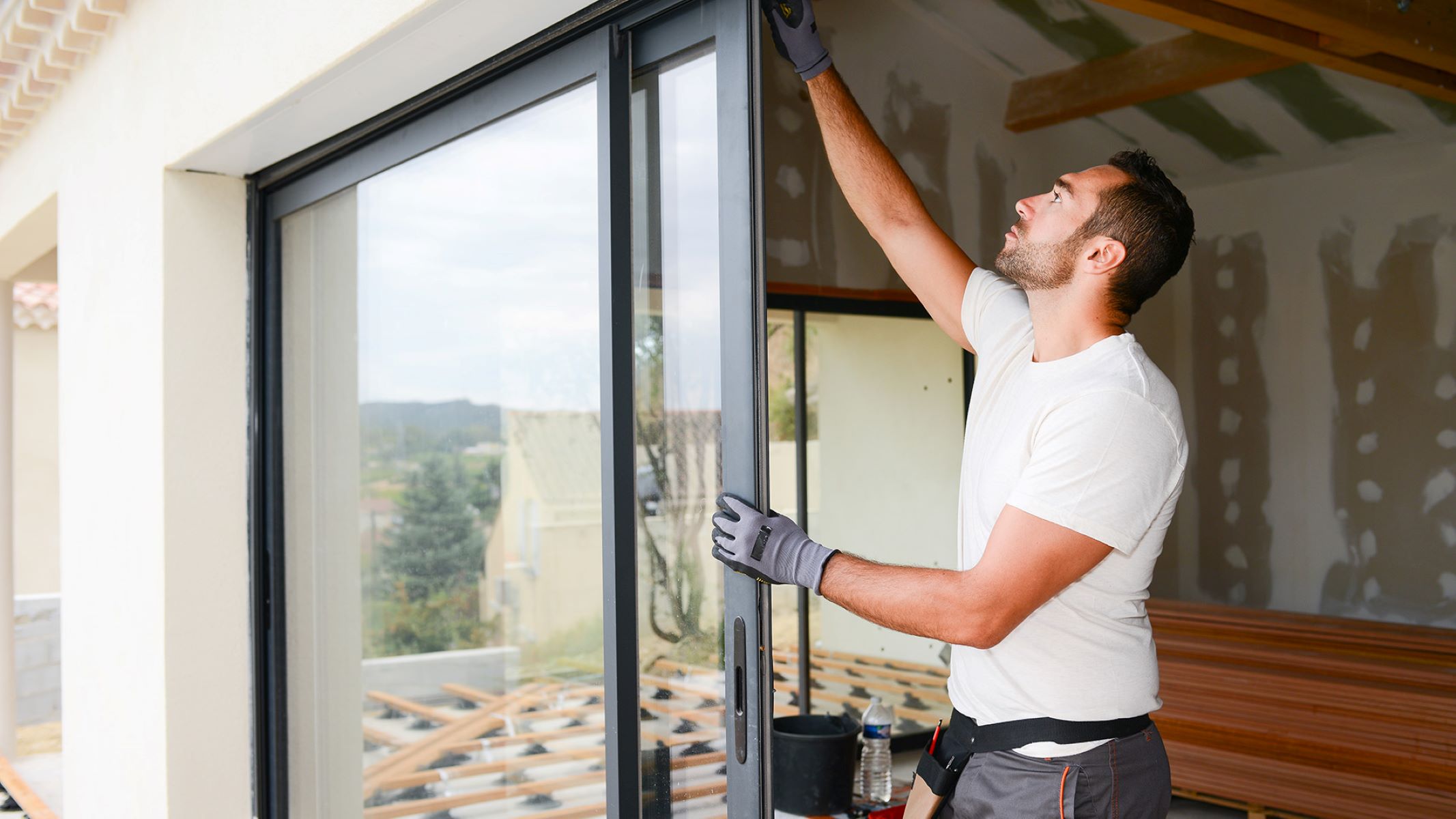
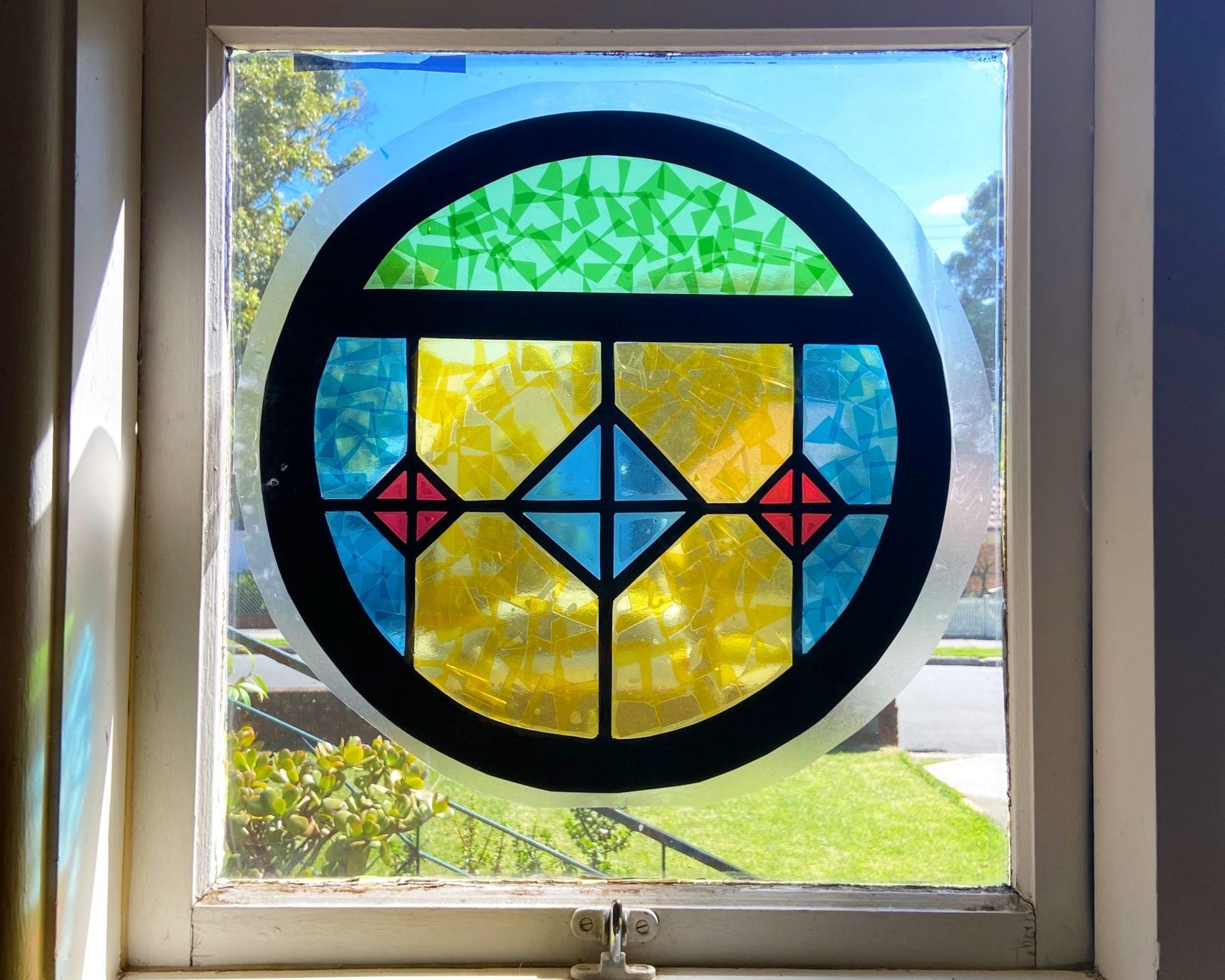
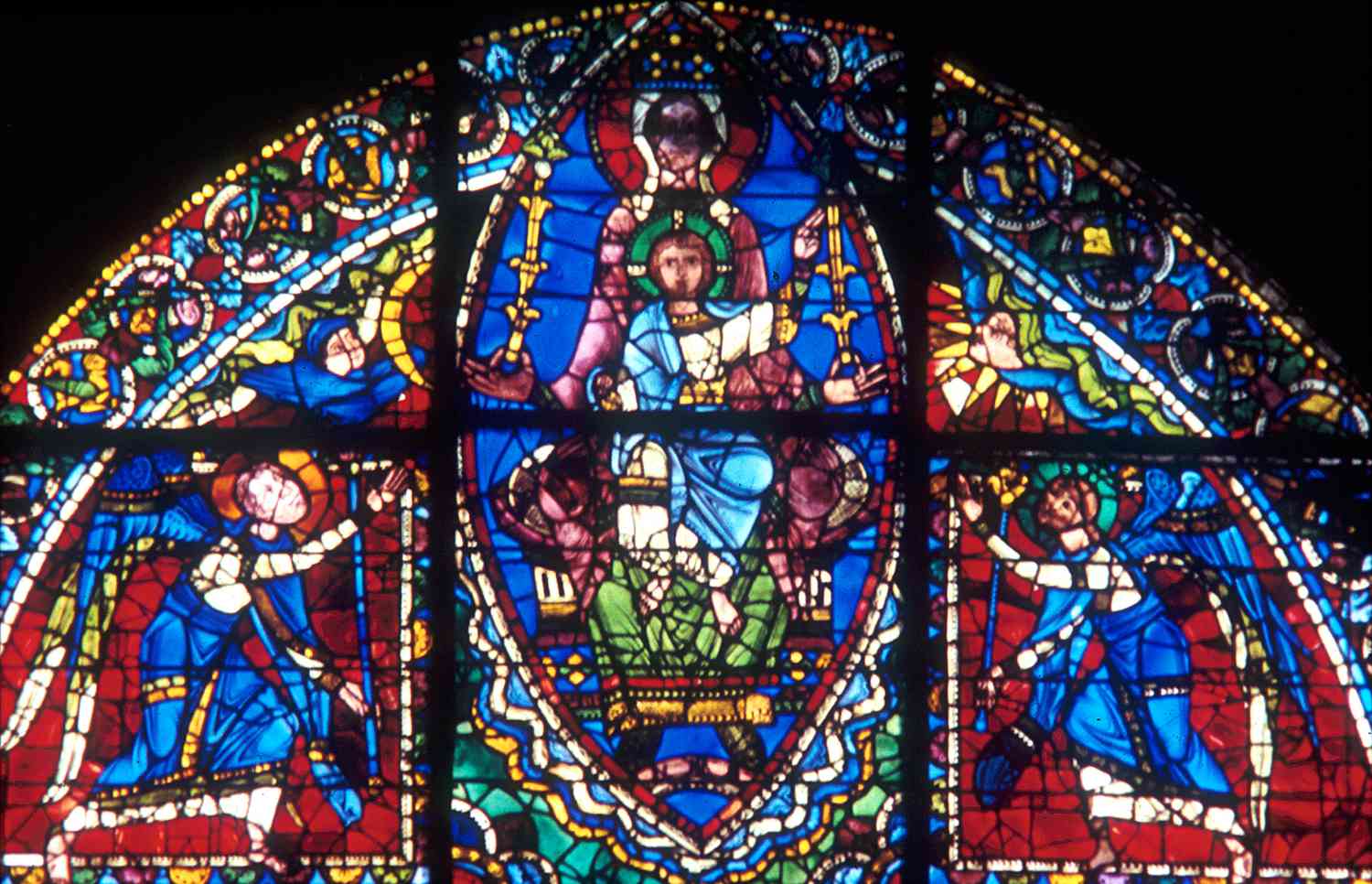
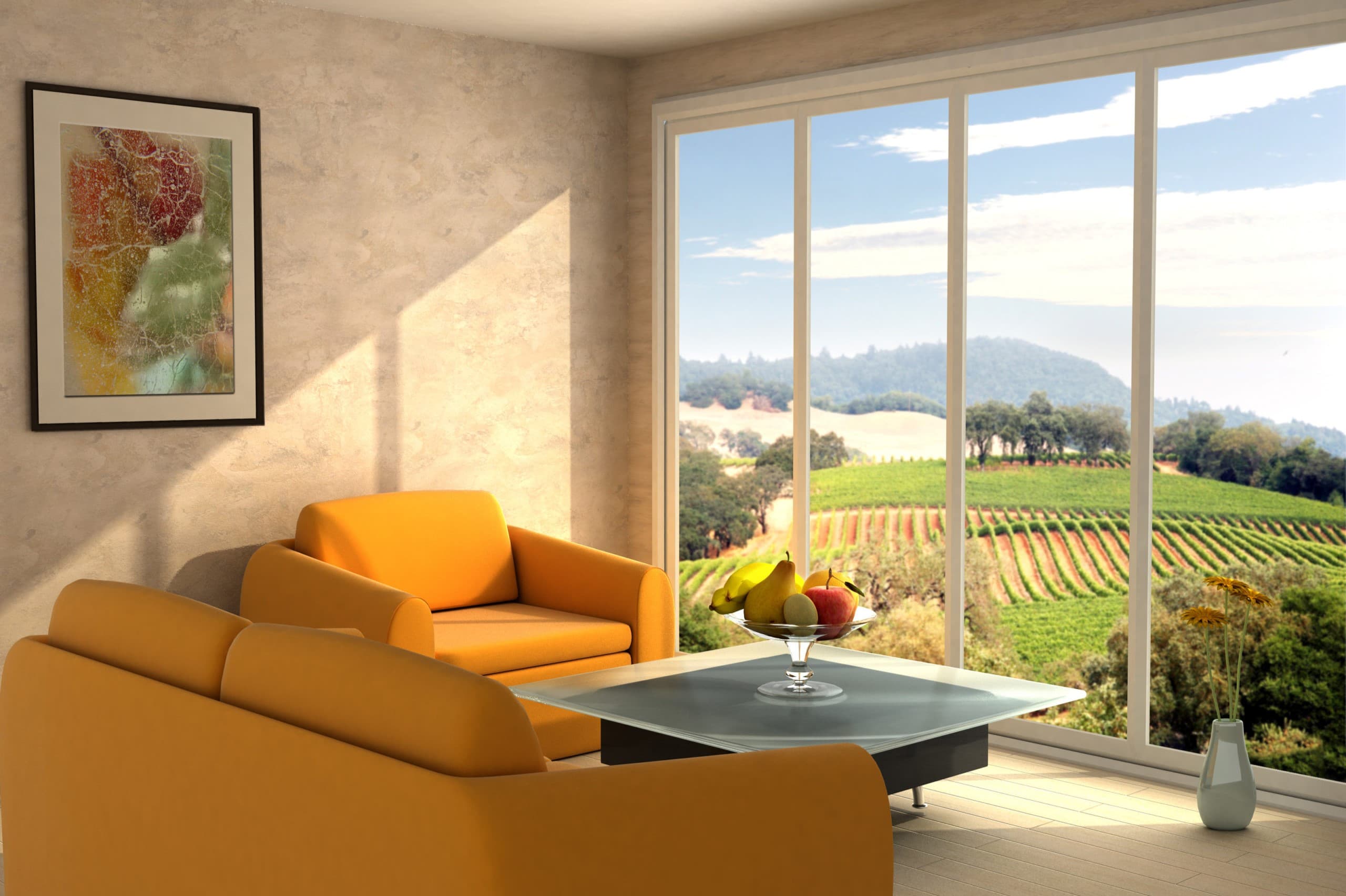
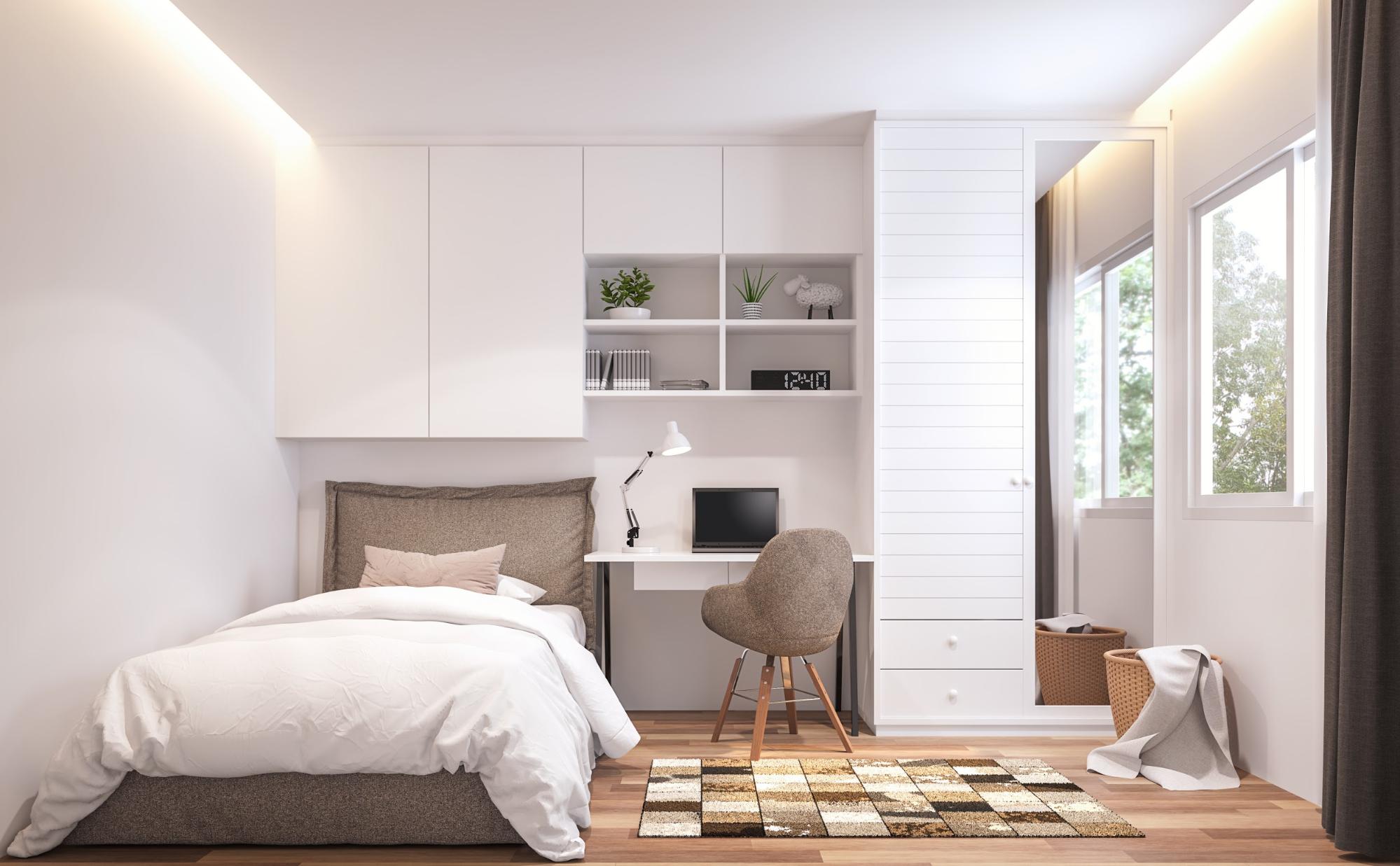
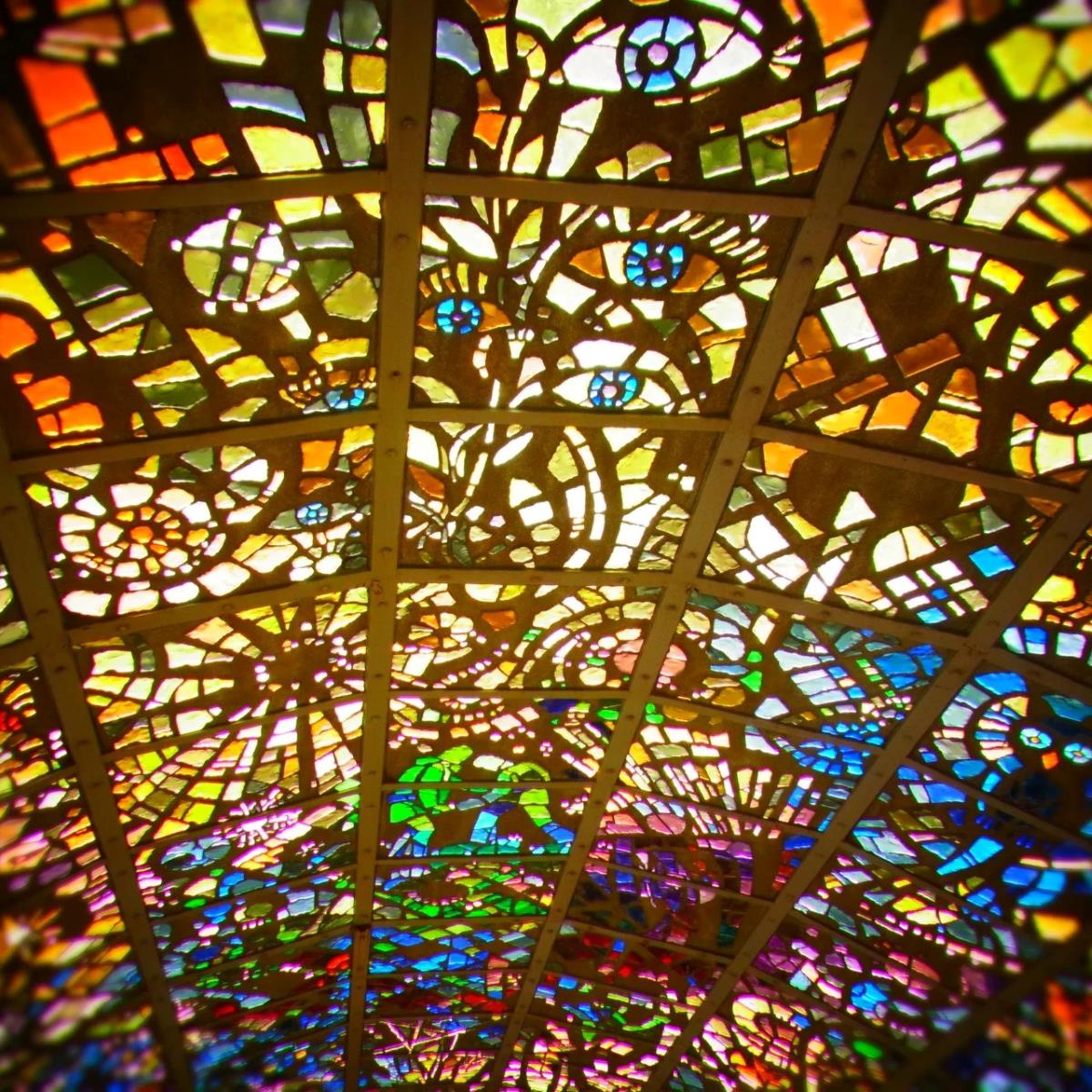

0 thoughts on “Upgrading Your Home’s Windows With DIY Stained Glass Overlay”